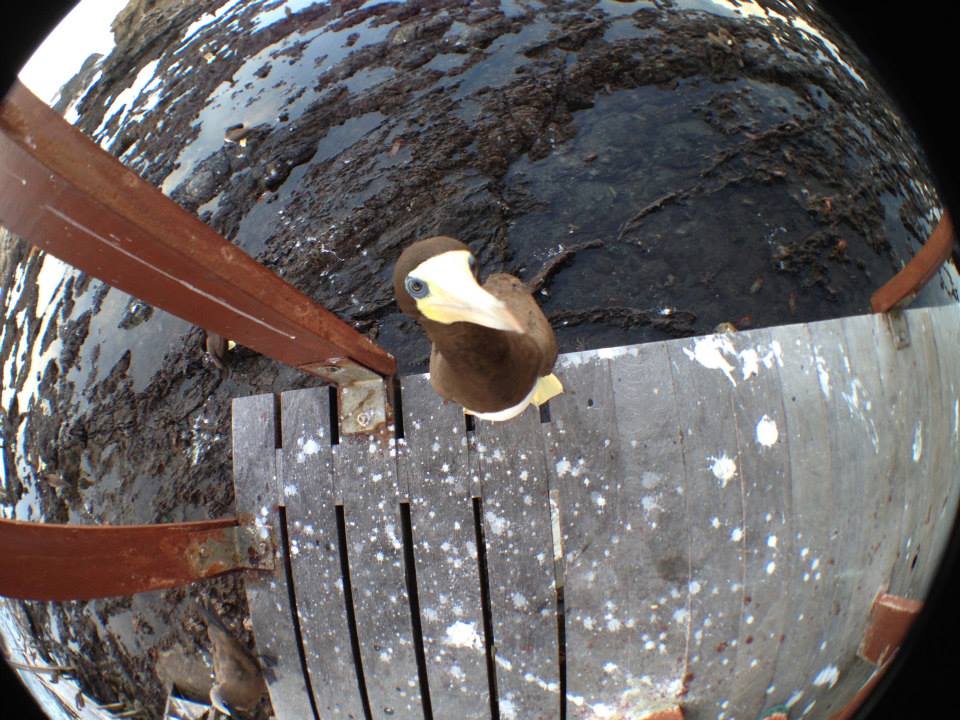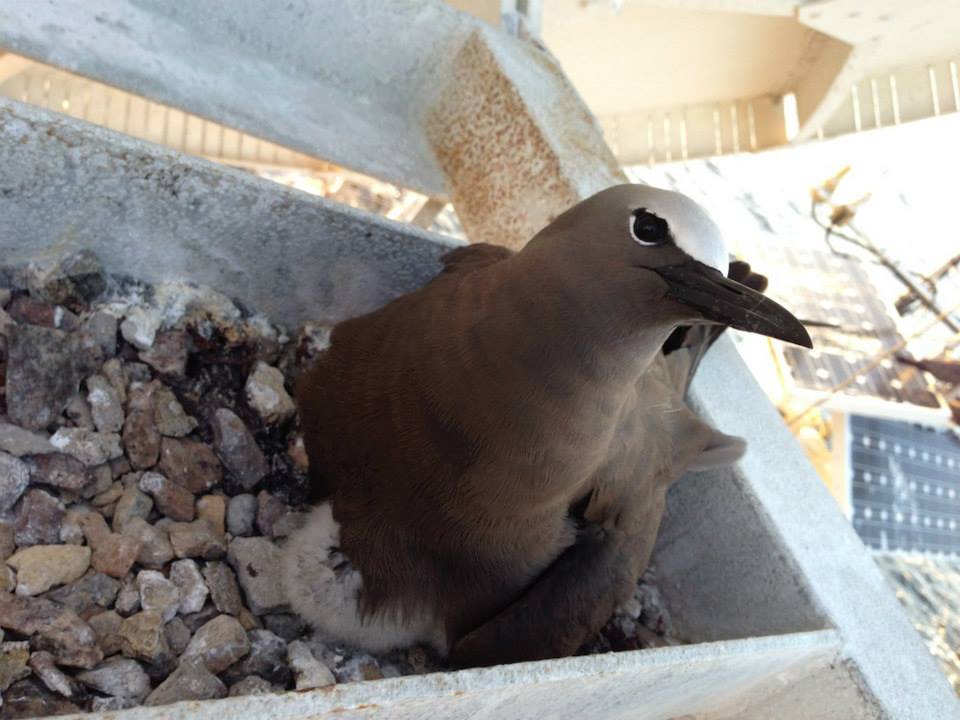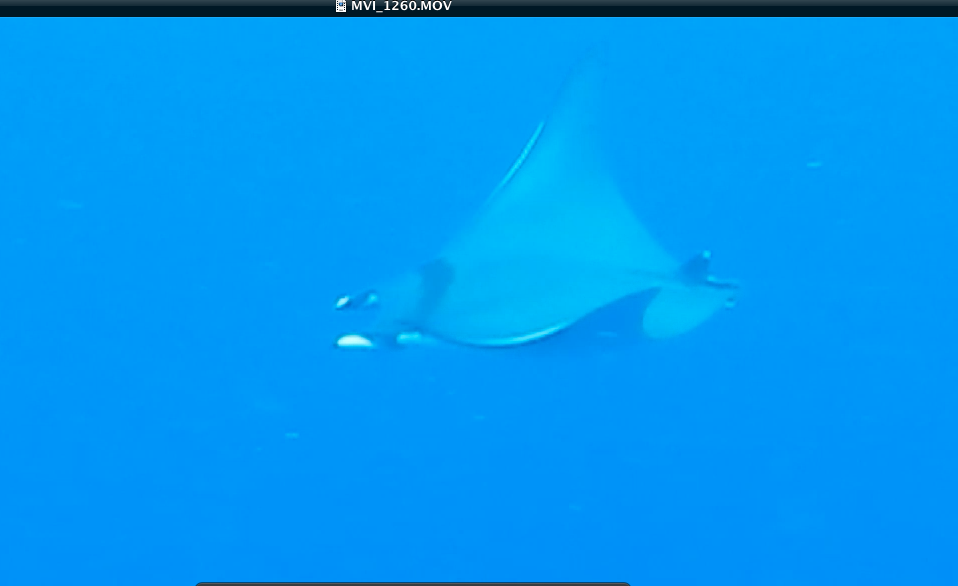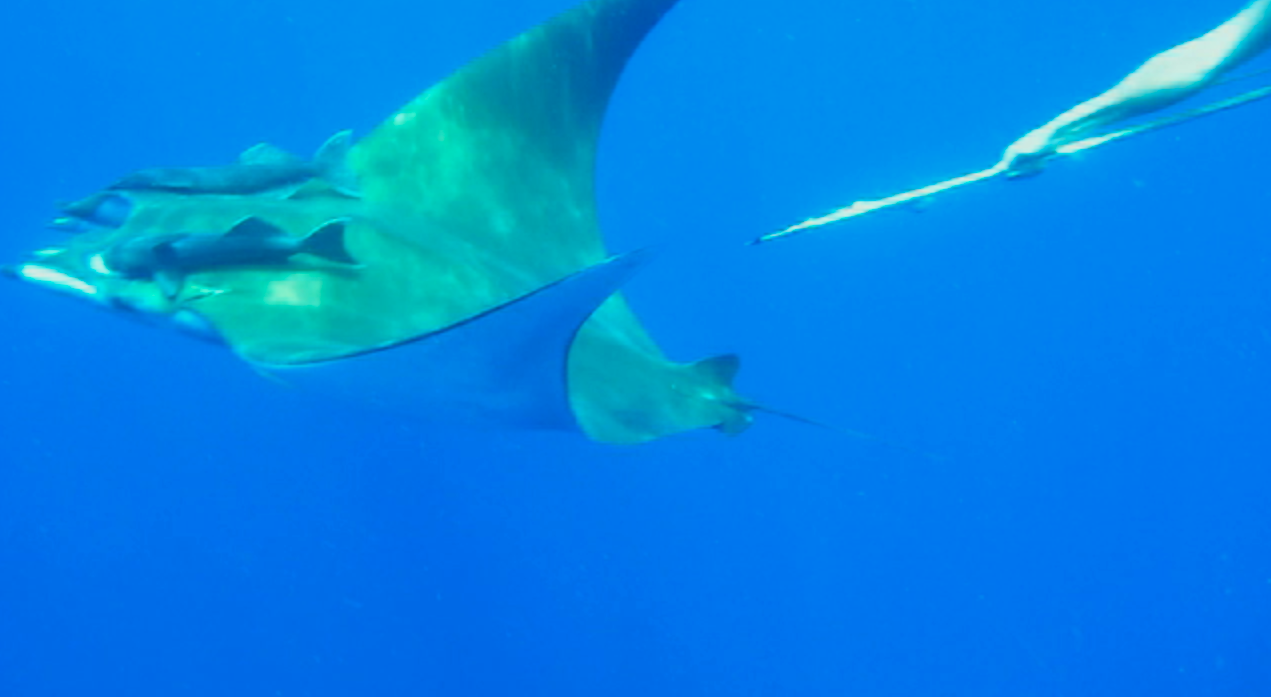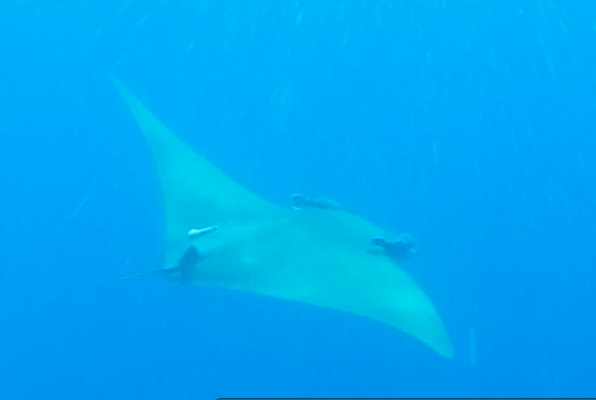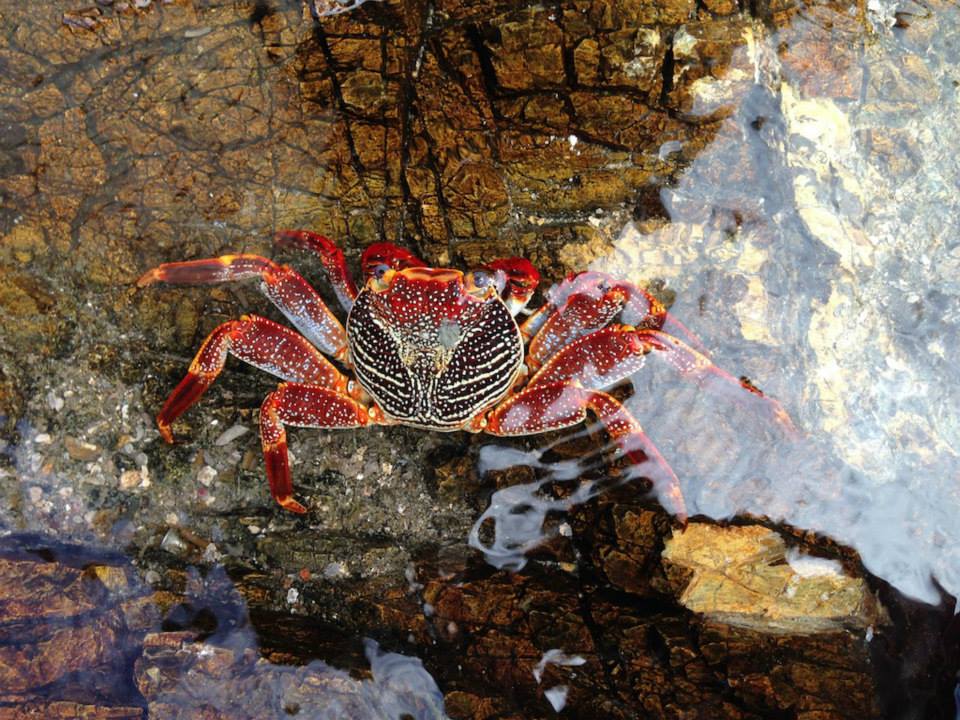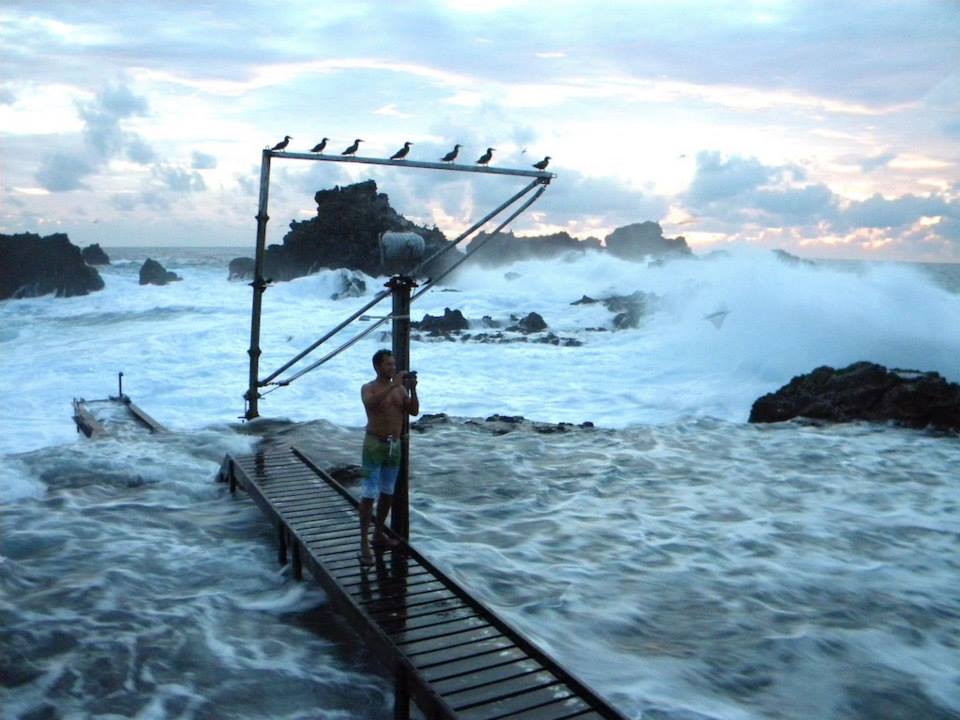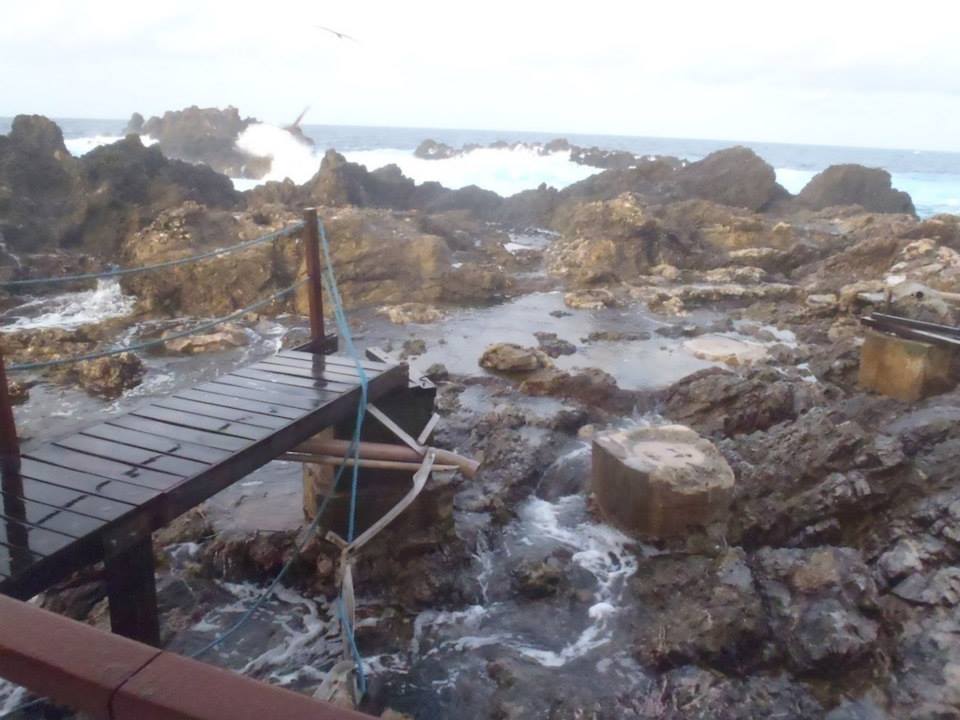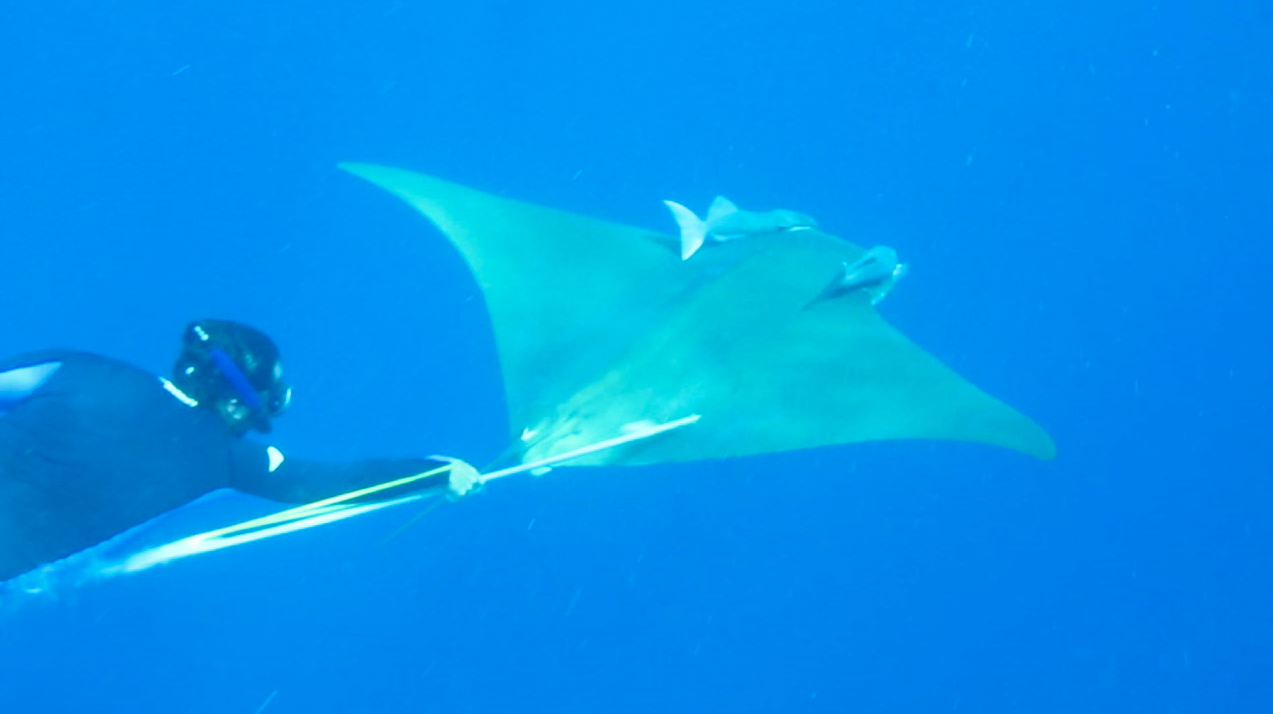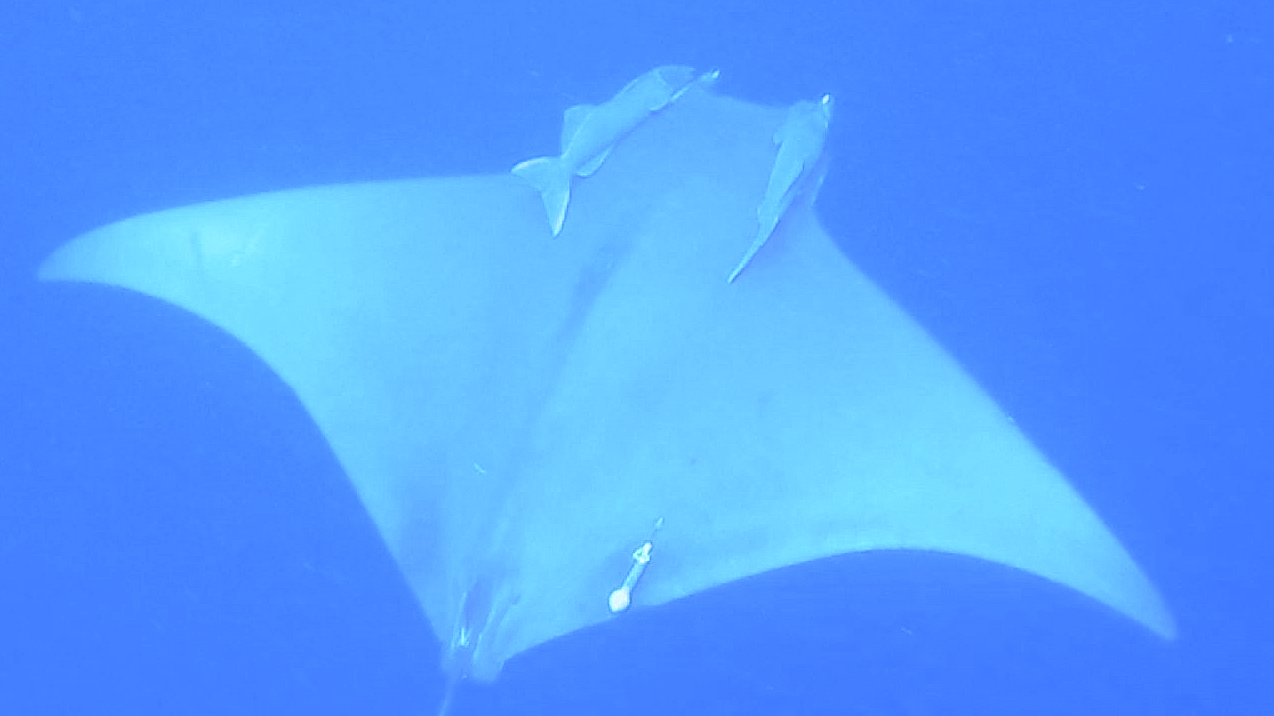A distant magical mystery tour
My first expedition to Brazil’s Archipelago of St Paul & St Peter (ASPSP) begins with a pleasant two-day boat trip to reach the islets. The sea is calm and the weather superb, and I spend most of the time on the top deck of the 20-metre fishing vessel that serves as our transportation and support boat, admiring the beauty of the sea, the clouds, the sunsets and the stars.
The preparations for this field trip to study devil rays were long and difficult. Because the ASPSP is so remote, everyone who visits it, including me, has to pass an intensive one-week training course with the Brazilian Navy. But it is worth it; being on this beautiful and biodiversity-rich rocky outcrop of the Mid-Atlantic Ridge is a fantastic experience and one that few people in the world get the opportunity to sample.
The first thing that surprises me is the small size of the place; there is barely enough surface area for the top-notch research station and the nests of the ubiquitous brown boobies – the true natives of the islets. But our facilities are very comfortable and include electricity, telephone and Internet (and all the food and water we could bring from the mainland!).
Exploring the depths and looking for devil rays
Our first day out exploring the deep blue waters around the archipelago is full of excitement. My companion and helper Rómulo Pires, a PhD student at the Universidade Federal Rural de Pernambuco, where I am a visiting professor, is an experienced researcher at the ASPSP and an excellent free-diver. He guides me to the best spots and we spend the whole morning kicking around the waters off the leeward side of the islets. We stay close to the surface with just fins, mask and snorkel, making sure not to stray too far from the shore since the currents here can be incredibly strong and unpredictable. We see several sea turtles grazing around some rocks 15 to 20 metres down and countless schools of jacks and colourful fish, as well as great spans of rocky bottom covered by green seaweeds. The place is majestic and imposing; few equatorial islands are as pristine as these islets.
After a few hours we spot our first devil ray, a small smoothtail Mobula thurstoni. It is beautiful! With the soft and rhythmic wing-flapping movement of a bird, it swims effortlessly in the deep blue sea. It is small, probably no more than 1.5 metres across, and has a prominent dark band on its neck and a cute white tip to its dorsal fin. We follow it, trying to approach, but it keeps its distance and within a few minutes it is borne out of sight by its speed and the strong current. It’s a great start: our first individual on the very first dive!
And to end a perfect day, when I get back to the lab I find an e-mail telling me that the SOSF has approved our project! Yes! We will now be able to get at least eight more satellite tags for our research, as well as some much-needed video equipment.
Tagging our first Chilean devil ray
Saturday passes the same way; we survey the area for several hours but only manage to spot a few Chilean devil rays Mobula tarapacana. By the time we go for our tagging sling and tags, they have gone. I realise, though, that this species is definitely larger and less shy than the smoothtail devil ray. It has no markings on the dorsal surface, but there are often black blotches on the ventral side that may help us to identify individuals. So we shall need to take good-quality photos of these rays’ ventral surface, which means we’ll have to dive deep and look at their underside as they swim.
On Sunday we head to our first churrasco (barbecue) on the fishing boat with the crew. Ever conscious that no opportunity should be wasted, I decide to take my gear and tags with me, despite everyone telling me that Sunday is a day of rest. At about noon we see a small sailboat approaching. It is rare to see visitors in the middle of nowhere (we are literally nowhere, a tiny spot in the middle of the Atlantic Ocean more than 1,000 kilometres from any coast), so we invite the French guy and American woman to come aboard and share our meal. And right in the middle of it all, I spot a group of Chilean devil rays heading towards the boat. I raise the alarm with a shout of excitement and in no time four of us are in the water looking for them.
After a minute or two the five rays come back and gets closer and closer to us at a reasonable depth. At the first opportunity, I dive and swim calmly towards a gorgeous two-metre male, aim and … miss! The tip of the tagging sling barely touches the back of the ray; I overestimated the distance between it and me.
But I don’t give up easily. After lunch I keep a close watch on the surface and after a while I see another group of Chilean devil rays nearby. We jump in quickly and, as the four rays come towards us, I take a breath, dive in and approach a beautiful two-metre female. This time I swim closer to my target, aim carefully and she is tagged! The small MK10 satellite tag has been secured in the perfect place: a few centimetres to the left of the middle line towards the tail, but not too close to the edge of the disc. Back at the surface everyone is yelling with excitement and I can’t keep a huge smile off my face. Half our goals have been achieved and we’re only three days into the 15-day expedition.
Unforeseen hardship and adventure
The next few days pass with no more opportunities to look for the rays. We spend a couple of days doing Rómulo’s deep-sea crab research and then the weather deteriorates. And deteriorates. At 4 am on 29 May we are woken by strong waves smashing against the wall of our bedroom in the research station. We go out to find a wild scene of foam and high waves hitting the low-lying islets and washing over most of their surface. As the day progresses, the storm increases in strength and we start to become concerned. By dusk, five-metre waves are hitting the station and when one breaks the bedroom window, soaks our bunk beds and fills the entire building to a depth of 10 centimetres, we decide to seek refuge on higher ground. The four of us spend the night in sleeping bags at the top of the lighthouse among the brown boobies. The bites of their ticks are bad enough, but their pooping all over us is definitely not funny…
The storm abates after more than 48 hours and we survey a severely damaged station. The boardwalk at the back of it and all the piping and cabling that ran underneath the building are destroyed, leaving us without electricity, telephone, Internet and running water. But none of us are injured and we continue to work and survive in conditions that are now even more difficult. (Try sleeping every night on a damp foam mattress; it’s really fun!)
Despite everything, the storm was a marvellous display of the force and harsh beauty of the sea and this, after all, is what humans must face once in a while when we decide to venture into the ocean. It is all worth it and part of the job!
Second devil ray tagged: mission accomplished!
Two days after the storm we go back to sea in search of our second devil ray to tag. And fortune seems to be on our side. It is Sunday again and the previous week’s scenario plays out almost exactly as it did before. While we enjoy our weekly churrasco on the boat, I keep an eye on the sea. A group of five Chilean devil rays shows up just before we begin to eat and in a flash I manage to deploy our second satellite tag on a beautiful two-metre female! All four researchers and the entire boat’s crew euphorically celebrate our achievement. We have attained our main goals and tagged two rays in one expedition, despite having had to battle the worst storm in more than eight years.
Now we must be patient and hope the tags do not detach prematurely from the rays (a common problem in this type of study) and that after the six and nine months they were programmed for, they send us the data we need to learn more about the behaviour and migrations of devil rays. Our ability to help conserve these fantastic condors of the sea depends on it.

.jpg)
.jpg)


